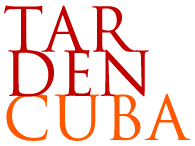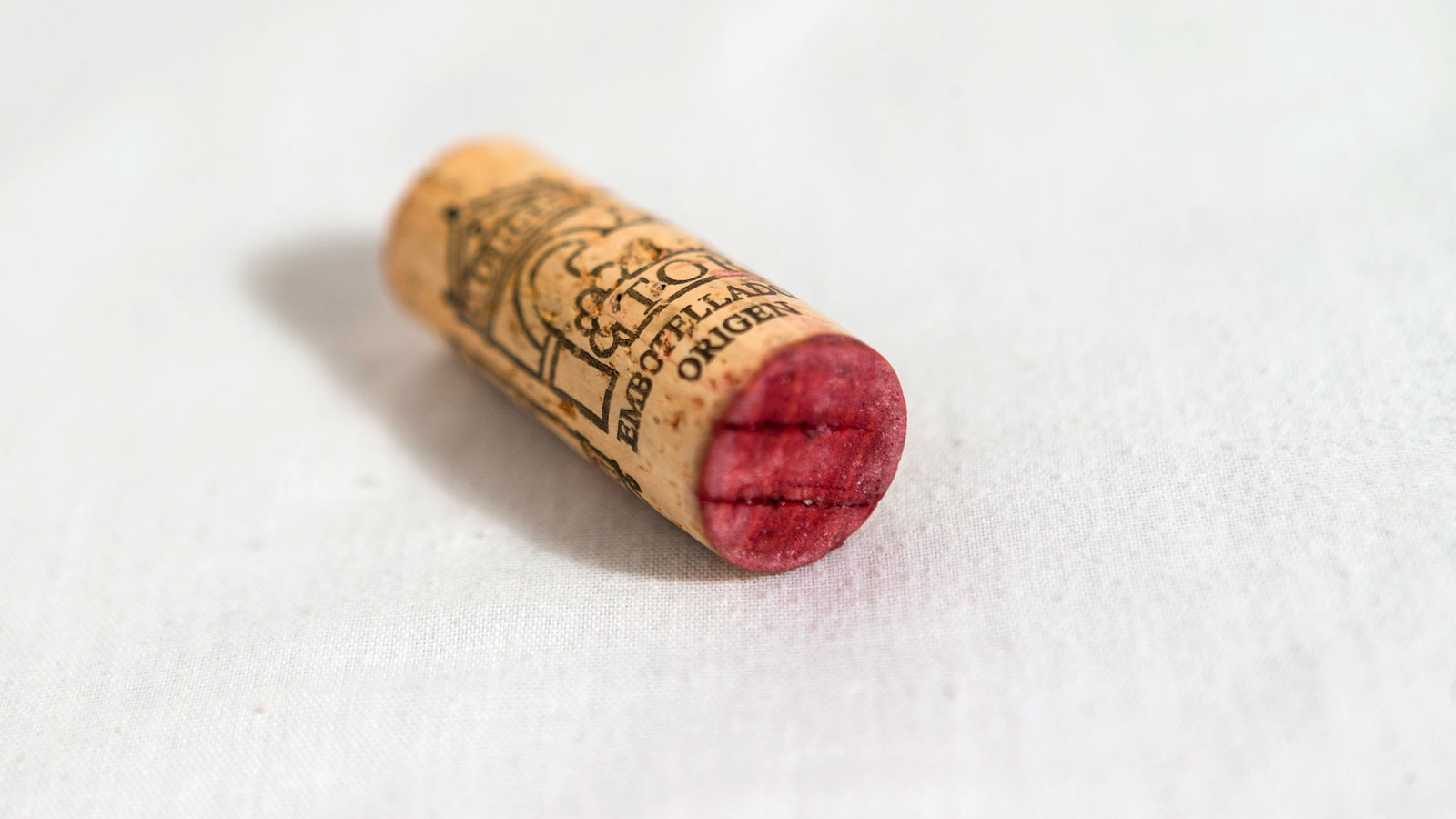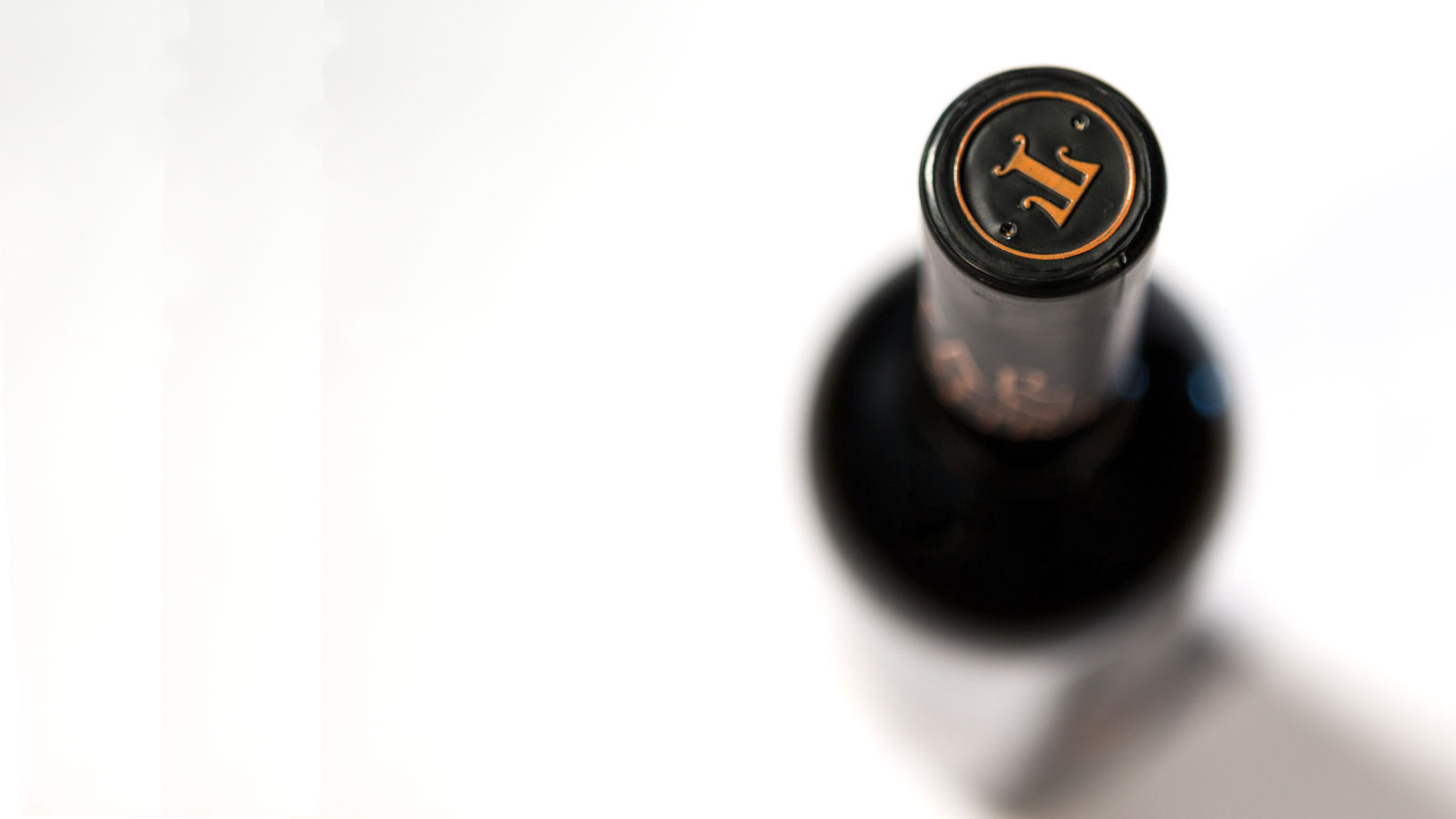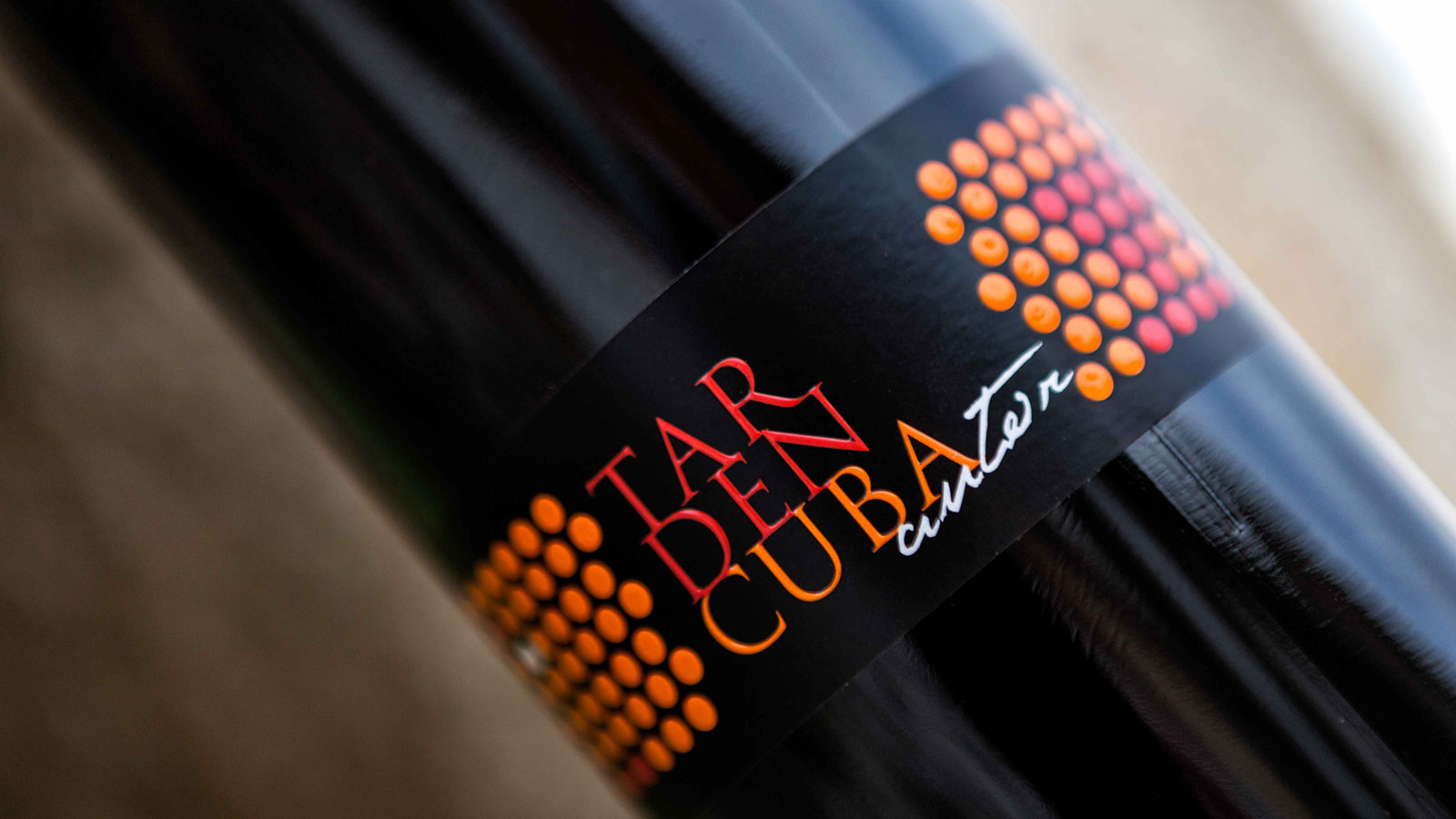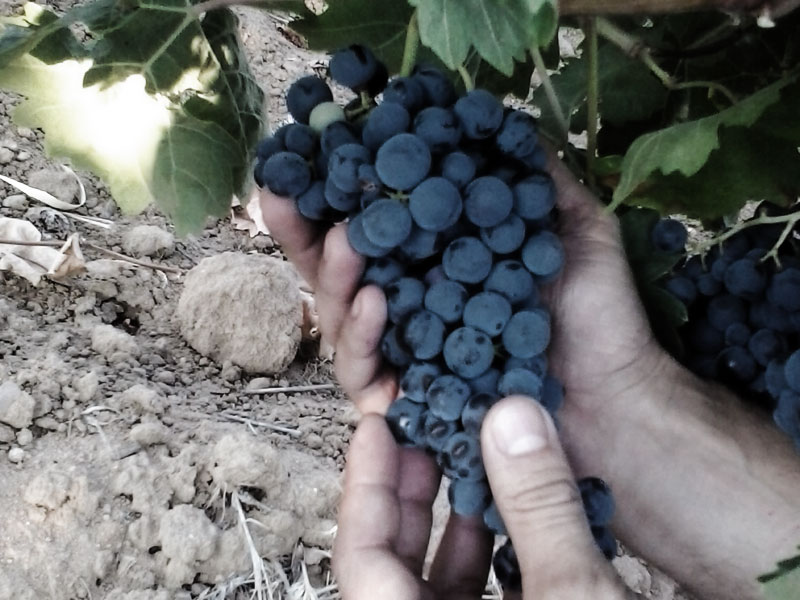If you already know my wine’s history when you are about to taste it you are also leaning towards liking it.
Before talking about it we must show the respect it has earned by itself. This is a respect made out by everyone who took care of those ancient vineyards now on a bottle we are enjoying.
Ideal bottle temperature. Perfect ambient temperature. No environmental aromas.
Let’s start.
I break the capsule and take out the cork. I don’t read the label as I know it by heart.
The cork is intact.
The wine drops on the glass and I already feel it. First aroma comes to black fruits. Dark chestnut, intense, thick and sparkly. I have purplish tones despite the years spent.
At the nose, black balsamic fruits. Red and black currant… and also mixed with toffee, chocolate and minerals aromas.
At the mouth is dense and pulpy. Round tannins with a balanced acidity. Long. Even longer and more intense. Lasting.
I am not the proper person to choose an appropriate colleague for my wine but I would rather recommend it with stews, roast meet and pots. And also with your friend, companion, etc along with some words, music and time.
Tardencuba Autor… to feel it.
